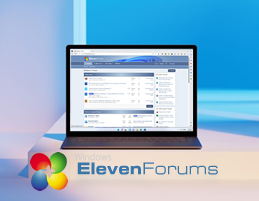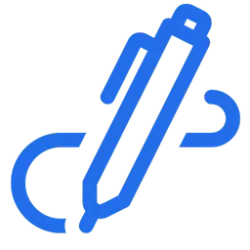I use the "del" command in my Cleanup.bat file but I've discovered a defect in the command.
If I use it to delete a "temp" folder, it will delete all the files in that folder, but, if there are sub-folders it will not delete those.
I know that a folder does not take up a LOT of space on the HD, but it does occupy SPACE.
Using the "del" command does delete files but not folders.
So, my question: Is there maybe a newer command that I'm unaware of, that will delete not only files but their folders as well?
Merry Christmas everyone!
TM
If I use it to delete a "temp" folder, it will delete all the files in that folder, but, if there are sub-folders it will not delete those.
I know that a folder does not take up a LOT of space on the HD, but it does occupy SPACE.
Using the "del" command does delete files but not folders.
So, my question: Is there maybe a newer command that I'm unaware of, that will delete not only files but their folders as well?
Merry Christmas everyone!
TM








